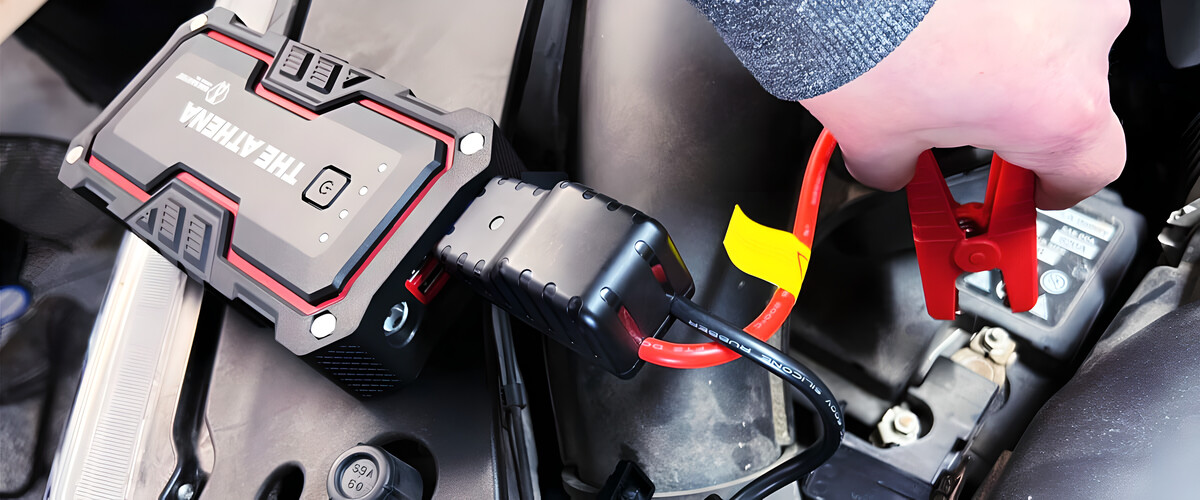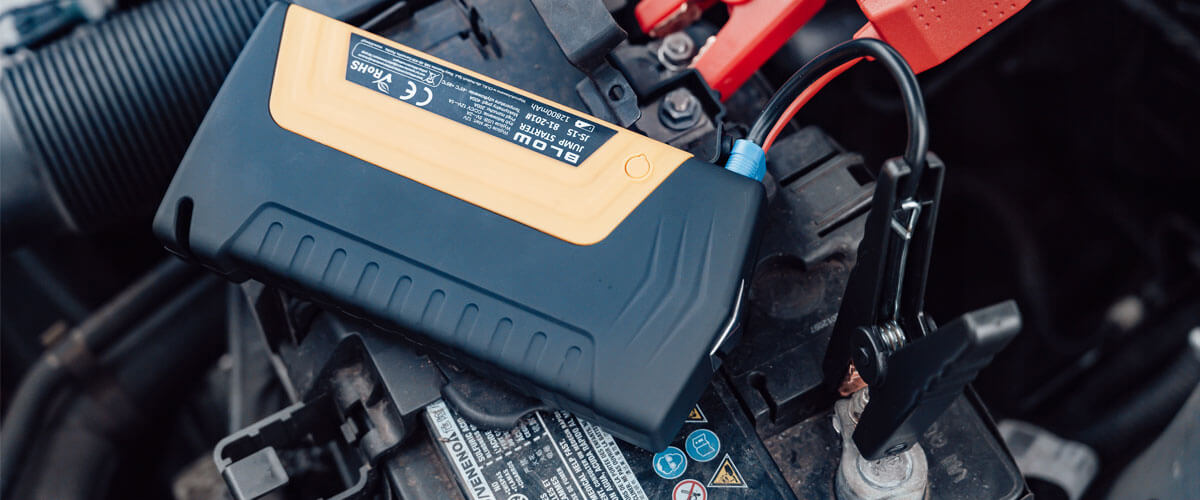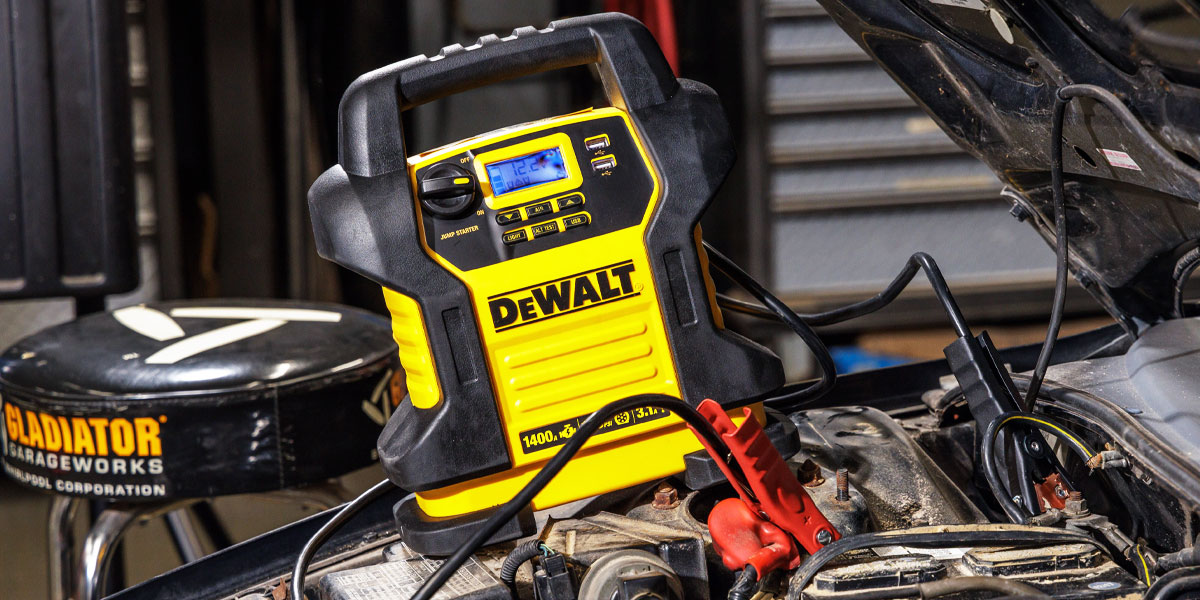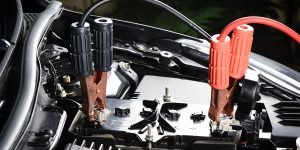Owning a jump start kit makes life much easier for every car owner as it ends the nightmare of a lifeless battery, making this issue just one more trifle. This means that jump starter maintenance becomes integral to car care, ensuring you can charge up your device when needed. Adequate maintenance keeps your jump starter in top shape for as long as possible and ensures that you can trust it, which provides some reassurance and helps make vehicle ownership a little easier.
Understanding a jump starter type

Jump starters mainly come in two types: Lithium-ion and lead acid. Knowing which of them you own is very important for the maintenance and operation. Lithium-ion jump starters are small, lightweight, and offer a high power-to-weight ratio, making them travel-friendly. They charge fast and retain their charge for longer than the lead-acid version.
On the contrary, lead-acid jump starters are larger and heavier but tend to be cheaper than other types of units. They have a high peak current that might be needed to start large vehicles with powerful engines.
Regular maintenance practices
To ensure your jump starter remains reliable and extends its service life, adhere to the following regular maintenance practices and jump starter storage tips:
Routine inspections:
- Ensure that you periodically inspect your equipment for any signs of wear, including cracks, loose parts, or corrosion in the terminals. These may have adverse effects on the device’s efficiency and safety.
- Ensure that you regularly do a comprehensive physical inspection of your jumpstarter. But be careful to inspect any damages that might deter its functionality.
- Check the cables for any wear and tear, breaks, or exposed conductors.
Storage tips:
- Keep your jump starter in a cool and dry place. Heat or cold can also have adverse effects on the ability of a battery to perform and maintain its lifespan.
- Your starter can slowly degrade with prolonged exposure to direct sunlight or heat sources. So, I’d recommend avoiding direct sunlight and heat sources.
- At all times, ensure that the jump starter is kept in a cover or casing to prevent dust and moisture from settling on it, leading to corrosion and electrical problems.
These maintenance practices will help maintain jump starter life and be ready to put into service whenever you need it. Proper and routine maintenance and car battery jumper inspection extend the device’s service life and increase its reliability, which you can rely on in extreme cases.
Maximizing battery life

Batteries have a short shelf-life. However, you can prolong the degradation process by practicing responsible use and appropriate maintenance.
- Battery life depends on how it is to be used and stored. Excessive temperatures and inadequate charging can affect a battery’s shelf life. This understanding aids in the inclusion of practices that provide serviceability.
- The battery’s capacity can be retained by periodic use and recharging. Failing to use a jump starter for protracted periods results in battery degradation. It is advantageous to periodically drain and recharge the battery for its optimum condition.
- The frequency of charging is also important to get that balance. Batteries should not be completely discharged nor left fully ready for long periods. Instead, retaining a charge level between 20 and 80 percent is commonly advised to maximize battery life.
- To keep a battery at full charge all the time or deeply discharge it can cause damage to the cell and reduce its life. It is preferable to recharge the battery before depletion and not leave it connected to a charger when it gets charged fully.



